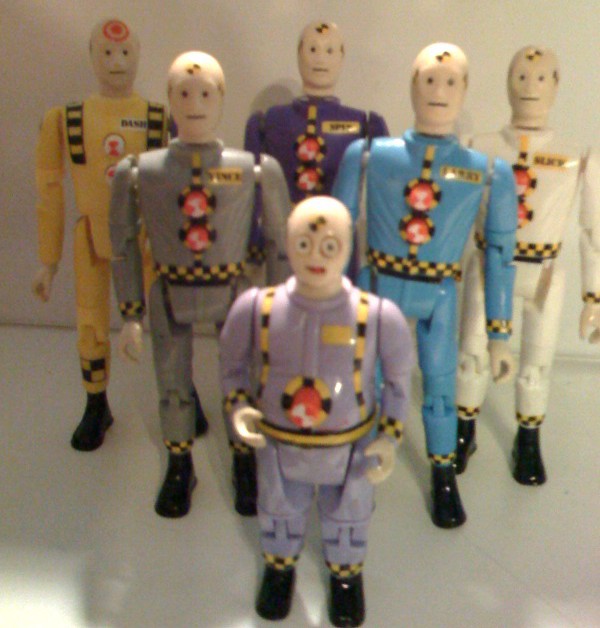The DARPA Grand Challenge of 2004 quickly resulted in private companies investing heavily in driverless. Will the department’s recently completed Robotics Challenge lead to a similar public-to private shift? Gill Pratt, outgoing member of DARPA, explains to Sam Thielman of Guardian how he believes that will occur. An excerpt:
Question:
Google, Daimler and Uber all have self-driving cars now; how do you anticipate humanoid robots reaching the private sector?
Gill Pratt:
I think the next big thing to conquer is cost. All the prototypes that you saw were in the hundreds of thousands to millions of dollars. And once a market is identified, whether it’s in manufacturing or agriculture or ageing society, once someone kind of finds the match between the technology and the market, the costs will go way down, and that will be an amazing thing. The next neat thing that’s going to happen is cloud robotics: that’s where when one robot learns something they all learn something.
Let’s say you have a group of robots used for ageing society and their job is to clean up within your house. As each machine does its work, eventually one of them will come across an object and not know what it is, and it’ll reach out to the cloud, through the internet, and say: “Does anyone know what this thing is?” Let’s say that no one does. Then it’ll reach out to a person and the person will say: “Oh, that’s a jar of oil, and that belongs in the cupboard next to the jar of vinegar.” And the robot will say: “Got it!” And now every single one of them knows. In this way, you can bootstrap up the confidence of all the machines throughout the world. I think that will be the next technology.•
Tags: Gill Pratt, Sam Thielman

